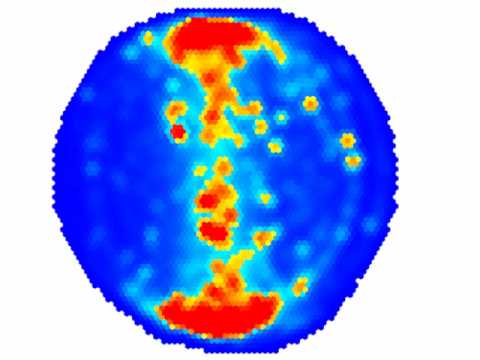This is a slightly edited (amended, essentially) version of my article published today at The Conversation. In cases where a problem within a community is detected and collective action is required to address the problem. one needs to strike a […] ↓ Read the rest of this entry…
Archive for science
Yesterday, Alex Kacelnik published yet another fascinating discovery – one of many over the years out of his lab. This time, they show how birds can pick even five consecutive locks to get to a food reward: According to the […] ↓ Read the rest of this entry…
This morning I was reminded of the age of some of the technology we’re using. Hyperlinks were developed at Stanford University and first demonstrated by their inventor Douglas Engelbart (using the first mouse) in 1968: On Tuesday, Douglas Engelbart died, […] ↓ Read the rest of this entry…
via io9
This anecdote made my day today. On a Drosophila researcher mailinglist, someone asked if anybody on the list had access to the Landes Bioscience journal ‘Fly‘. I replied by wondering that if #icanhazpdf on Twitter didn’t work, the days of […] ↓ Read the rest of this entry…
Mike Taylor wrote about how frustrated he is that funders don’t issue stronger open access mandates with sharper teeth. He acknowledges that essentially, the buck stops with us, the scientists, but mentions that pressures on scientists effectively prevent them from […] ↓ Read the rest of this entry…
To my knowledge, no neuroscientist hypothesizes that there is magic in our heads. However, it appears this is a hypothesis that flies by the editors at the New York Times. The title of this op-ed piece says it all: “beyond […] ↓ Read the rest of this entry…
It might just save your life (via Upturned Microscope): BTW, even if your life is not at stake, someone else’s may be. So you should publish your results if you are sure something definitely will not work, for instance in […] ↓ Read the rest of this entry…
The recently released development draft for SHared Access Research Ecosystem (SHARE), authored by the Association of American Universities (AAU), the Association of Public and Land-grant Universities (APLU) and the Association of Research Libraries (ARL) in response to the OSTP memo […] ↓ Read the rest of this entry…
Today, finally, our manuscript on journal rank is accepted for publication at Frontiers in Human Neuroscience. One may wonder how a paper that reviews the empirical findings around journal rank ends up in a journal about human neuroscience. After all, […] ↓ Read the rest of this entry…












